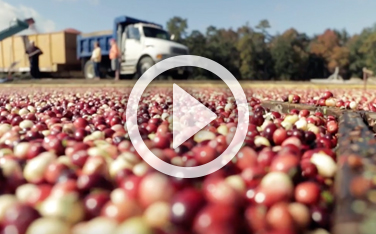Xylitol is a naturally occurring sugar that can be found in fruits, vegetables and grains like raspberries, mushrooms, corn and oats. It’s typically extracted from birch trees or corn. When xylitol is extracted from plants, it can be used as an artificial sweetener with some pretty sweet benefits. It's safe for people with diabetes, contains about one-third of the caloric content of sugar and doesn’t cause tooth decay. In fact, there's evidence to suggest it can actually prevent cavities.
What is it?
Is it effective?
Xylitol has been shown to effectively prevent cavities when added to chewing gum, toothpaste and other oral care products. But there’s a caveat: It takes about 20 grams of xylitol a day to see these effects, which is about 20 sticks of gum. That's a lot more than the small, naturally occurring amount found in food.
Is it safe to use?
You can safely consume up to 50 grams of xylitol a day. More than that, however, can cause diarrhea and intestinal gas. Because long-term effects aren't clear, you should avoid xylitol if you're pregnant or breastfeeding.
However, xylitol can be fatal to dogs, even in small amounts. If your dog swallows any products containing xylitol, call your vet immediately.
The verdict:
In safe doses, foods containing xylitol are a great way to cut back on the amount of sugar in your diet and may even help prevent cavities. But it’s definitely not a replacement for regular brushing and flossing.
What's your score?
Just complete a quick survey to find out if you're at risk for cavities and gum disease.
Do your teeth have the blues?
Learn how depression affects your teeth and what you can do about it.
The story of cranberries
Where do cranberries come from, anyway?








